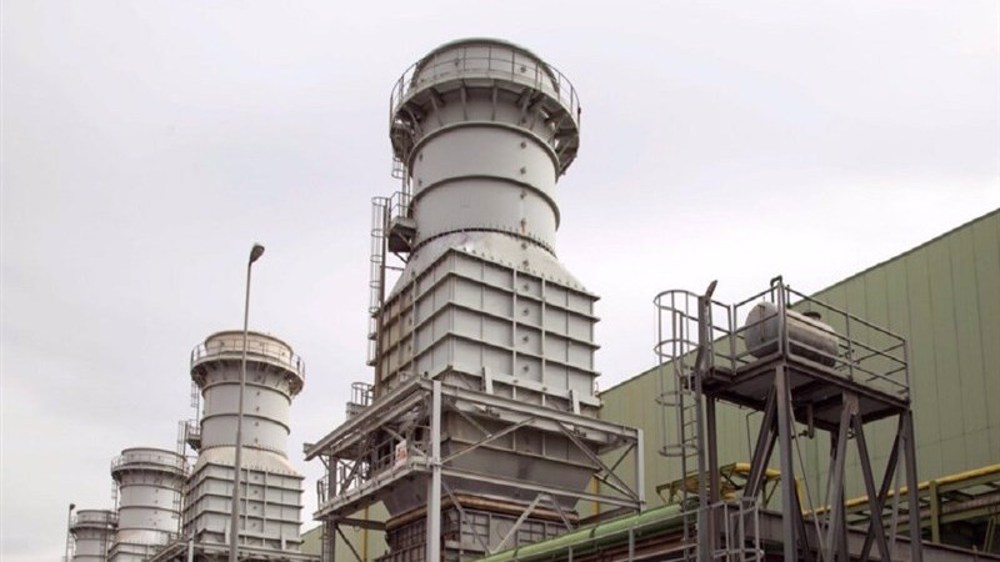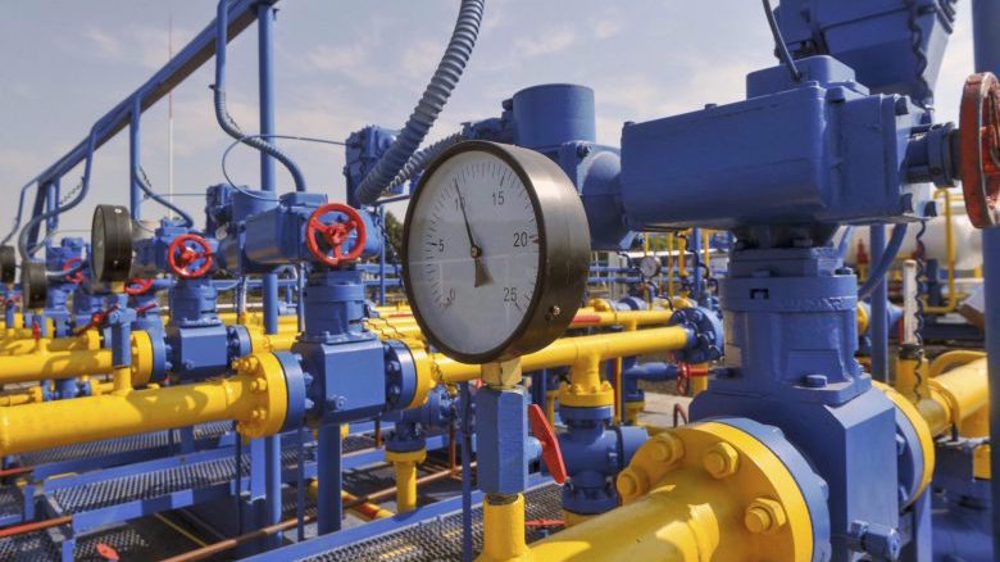Iran, Oman sign deal over ambitious gas export project
Iran says it has signed an agreement with Oman that could take both countries closer to an ambitious project to jointly export liquefied natural gas (LNG) to international markets.
Iran’s Petroleum Minister Bijan Zanganeh was quoted by media as saying that he had signed the agreement with Oman’s Oil Minister Mohammed bin Hamad al-Rumhi on the sidelines of this past week’s meeting of the Organization of the Petroleum Exporting Countries (OPEC).
Zanganeh emphasized that he expected it to expedite the preliminaries to start piping Iranian gas to Oman.
Iran has for long been discussing with Oman to produce LNG in its Qalhat liquefaction plant. The project involves piping gas from southern Iran to the Persian Gulf sultanate and liquefying it into LNG for shipments to international markets.
Several international majors including Total and Shell have expressed interest in the project to install a subsea pipeline between the two countries. However, a series of hurdles including the route of the pipeline and the pricing formula had so far obstructed its progress.
Zanganeh was quoted by Shana news agency as saying that the agreement that he had signed with al-Rumhi envisaged assigning technical teams from both sides within the next few weeks to prepare a study concerning certain key points to move forward.
The report, he added, would be presented in a joint meeting of oil ministers of Iran and Oman in early 2018.
Zanganeh further emphasized that the points that experts still needed to address over the project included the volume of gas to be piped to Oman, the technicalities over the construction of the pipeline, and the project’s financing mechanism.
The total length of the pipeline for the project is estimated to be over 400 kilometers. The onshore part will cover 200 kilometers from Iran’s southern Assalouyeh gas zone to Kuhmobarak in the southern province of Hormozgan.
The marine section between Iran and Sohar Port in the neighboring sultanate will be 200 kilometers.
Previous reports said a section of Iran’s gas that would be piped to Oman would be used for the sultanate’s domestic use and the rest would be turned into LNG in its Qalhat plant.
VIDEO | Press TV's news headlines
Iranian satellites launched into space as private sector debuts in space industry
VIDEO | Iran, Azerbaijan conduct joint maritime rescue operations
VIDEO | Yemen’s Red Sea divide: Naval forces block Israeli-linked ships in strategic ‘parting of the water’
VIDEO | Southern Gaza: Israel’s facade for famine and suffering
VIDEO | IOF hampering humanitarian aid
VIDEO | Sharmahd: Justice Done
Iran repeatedly warned Israel not to test its will: FM










 This makes it easy to access the Press TV website
This makes it easy to access the Press TV website